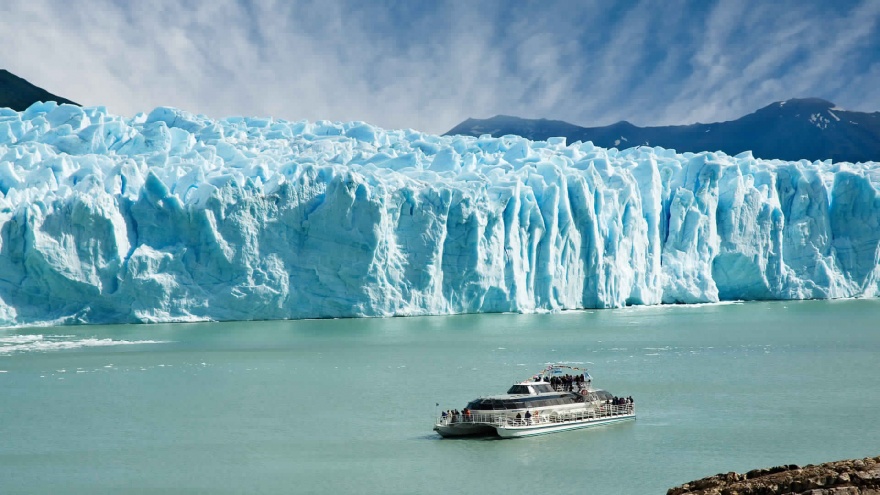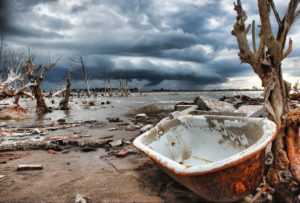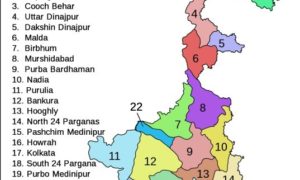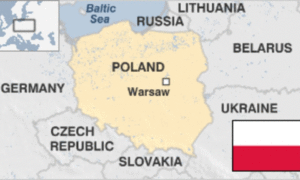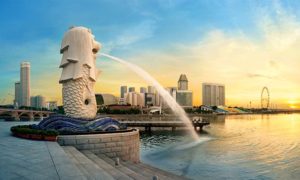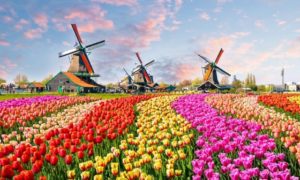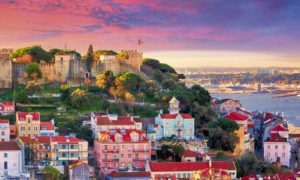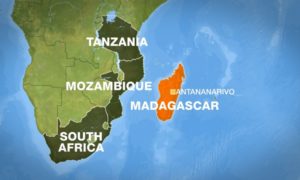Tourists Spots of Argentina – Tourism Guide
The world is a beautiful place and sometimes, this beauty can be objective. A field of wild flowers with white capped mountains as the background could be your idea of beauty. For the next guy, any scenery without water in it doesn’t quite do it. And even if you travel every month of the year, it is possible that you can’t see all the beauties and wonders that the world has to offer. But if you want to travel to a place that has a bit of everything, you should travel to Argentina. Southern America is known for the exotic wild life and a vibrant culture. Argentina is home to some of the most spectacular waterfalls in the world but that is not all. Here are at least 73 tourists spots of Argentina, best places you should visit to make the most of your trip.
EPECUÉN
If you are a big fan of history, the ghost town of Epecuén should be a thrill. The lake for which the town was named after is said to possess mystical healing properties. Also, sometimes referred to as the real-life Atlantis, the city used to be a thriving tourist resort until the mid-80s when it was swallowed up in the flood and remained that way for 25 years. Residents fled the town during the flood and even years after the flood receded, the ghost town remains uninhabited and undeveloped. Epecuénis a little over 6-hour drive from Buenos Aires, be sure to catch the amazing sunsets.
USHUAIA
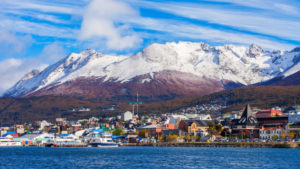 Geographically described as the southernmost city in the world, Ushuaia offers excellent tourist attraction spots especially for those who like their winter with a little sun. Put on your cold weather gear and head to the Martial Glacier. The panoramic view of the city promised at certain spots is enough incentive to take a hike. The city boasts of great lodges, excellent restaurants and all the trappings of a beautiful tourist city.
Geographically described as the southernmost city in the world, Ushuaia offers excellent tourist attraction spots especially for those who like their winter with a little sun. Put on your cold weather gear and head to the Martial Glacier. The panoramic view of the city promised at certain spots is enough incentive to take a hike. The city boasts of great lodges, excellent restaurants and all the trappings of a beautiful tourist city.
PUERTO MADRYN 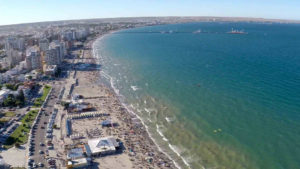
If adventure and wildlife speak to your inner travel animal, you cannot pick a better place for your quest than Puerto Madryn. You can take a boat and go whale watching but that happens in December. However, there are lots of wildlife in Puerto Madryn like the Megallanic penguins who are one of the city’s most popular hosts. There are many fascinating wildlife that migrate to this part of Argentina so pack up your camera and be ready to ooh and ah appropriately.
CABO POLONIO 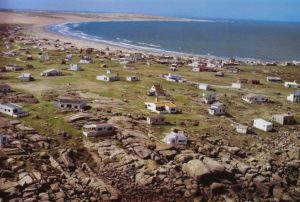
Need a summery vibe for your holiday? Then this is where you should be. Technically, this is in Uruguay but thousands of tourists’ flock here every summer from Argentina for the beaches. This sleepy beach town has an incredible view and worth the hassle it takes to get there. But if you refer glitz and glamour, PUNTA DEL ESTE would be a better option.
PUNTA DEL ESTE 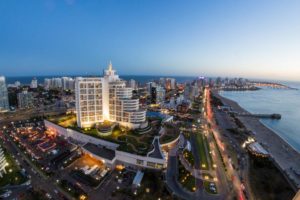
This city is also in Uruguay, but you would find more Argentines than locals here in the hotter months. Being the summer playground for the rich and famous, Punta del Este is the opposite of Cabo Polonio.
More 68 Places to visit in Argentina-
-
Plaza de Mayo
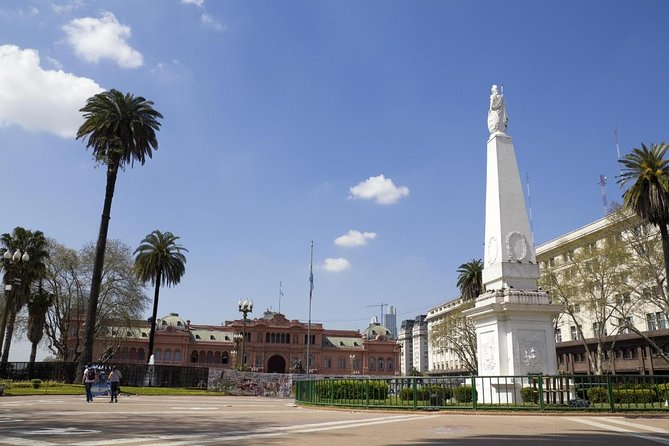
-
Recoleta Cemetery
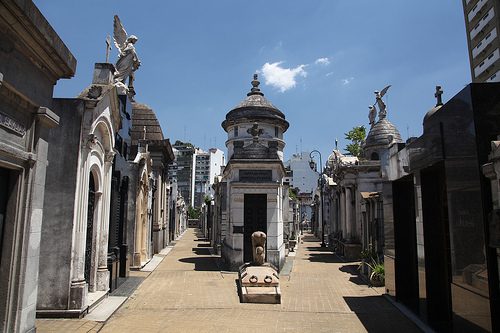
-
Casa Rosada
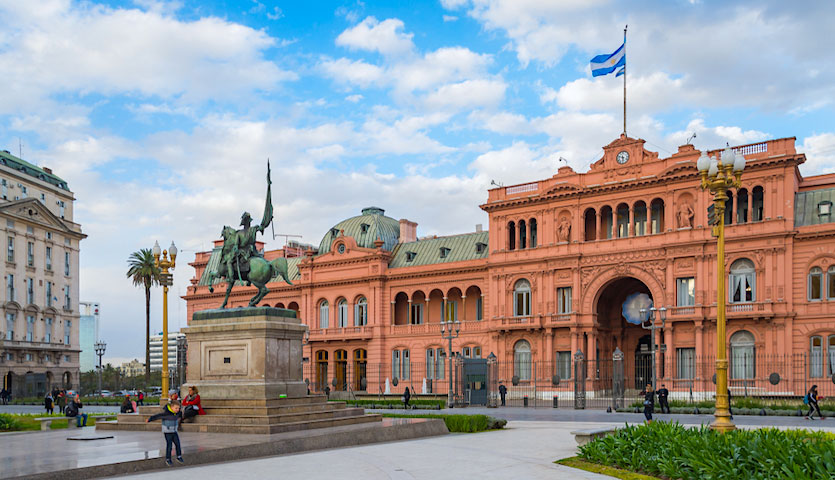
-
Caminito
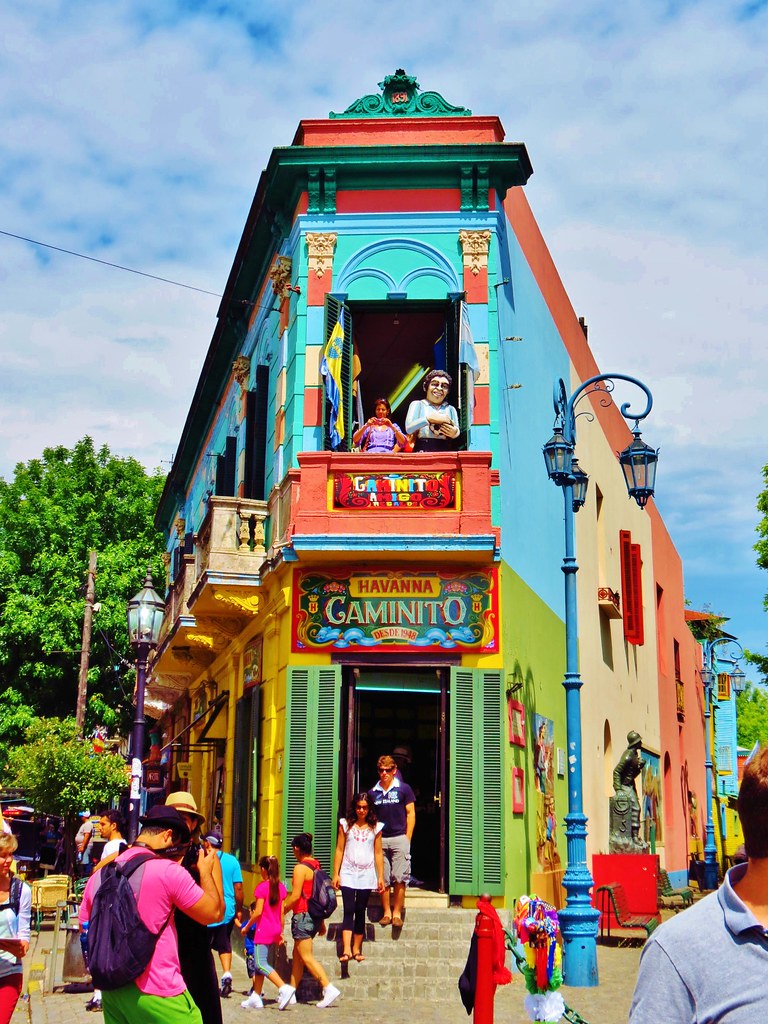
-
Obelisco
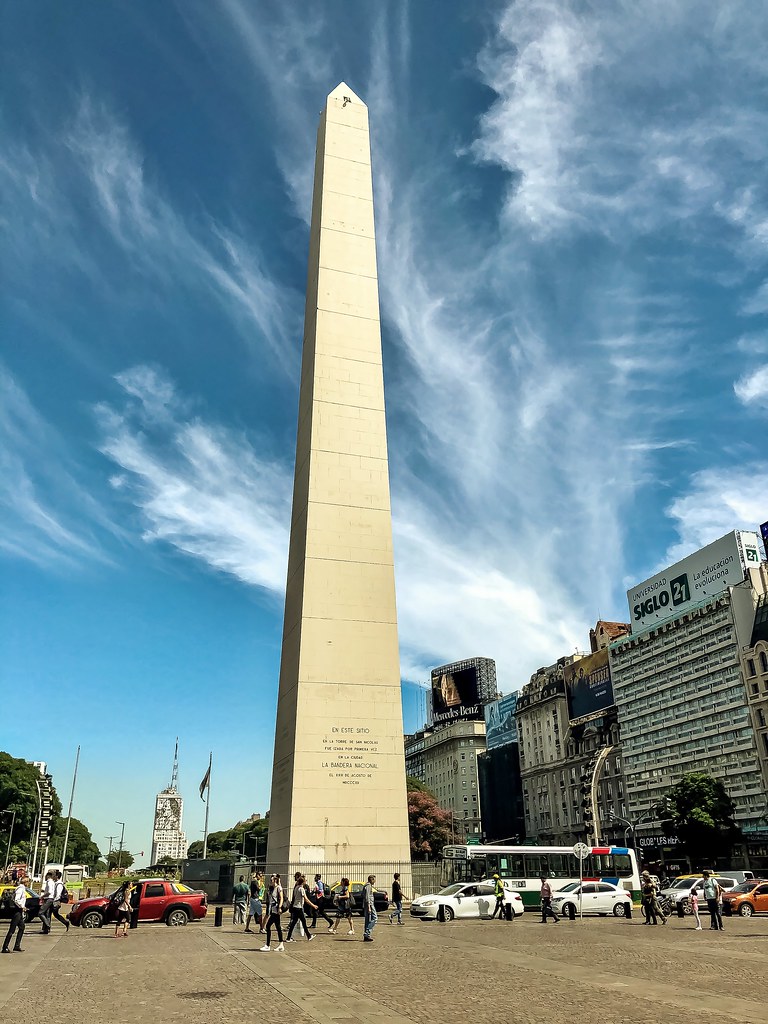
-
Teatro Colón
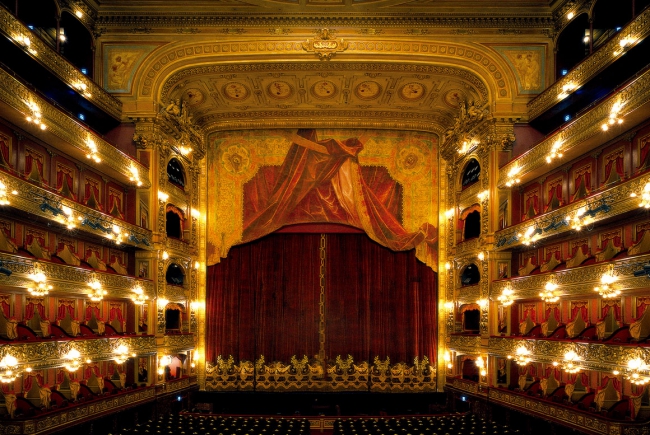
-
9 de Julio Avenue
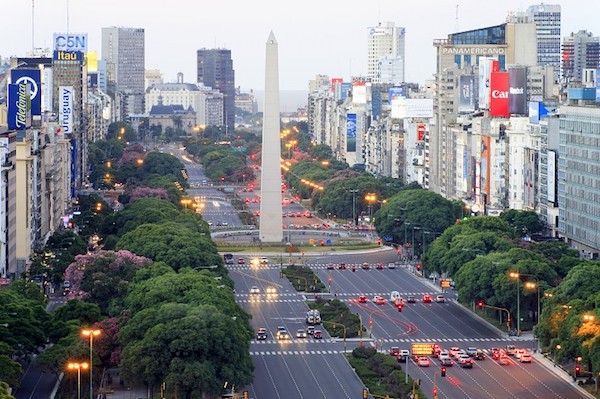
-
Floralis Genérica
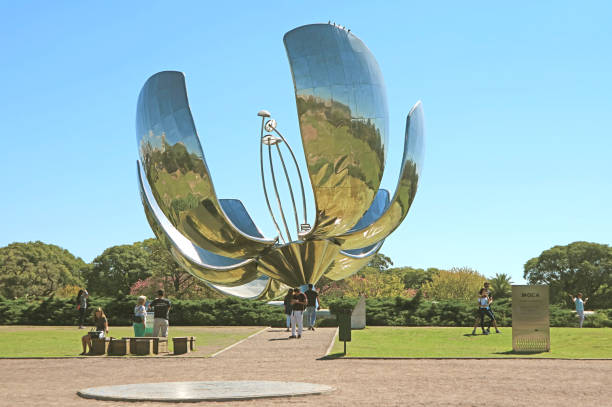
-
Torres del Paine National Park
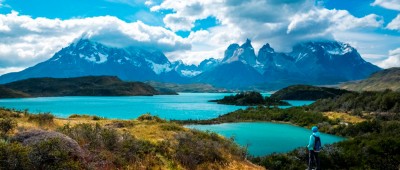
-
Museo del Fin del Mundo
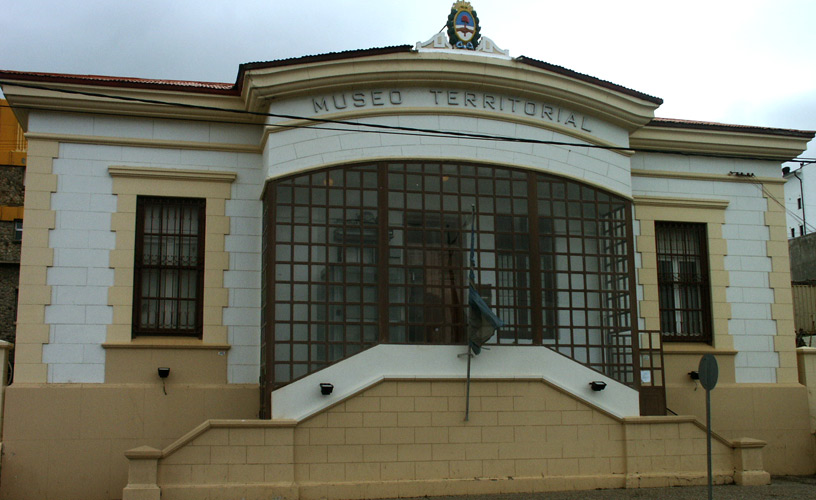
-
Maritime Museum at the Presidio of Ushuaia
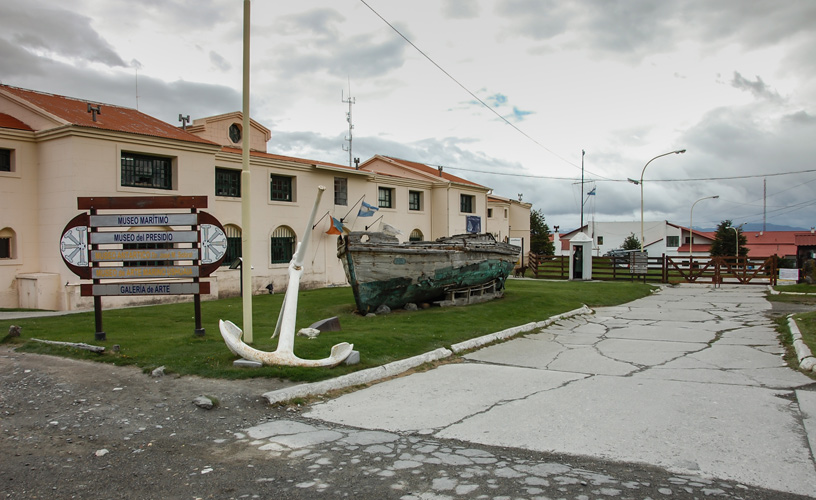
-
Perito Moreno Glacier
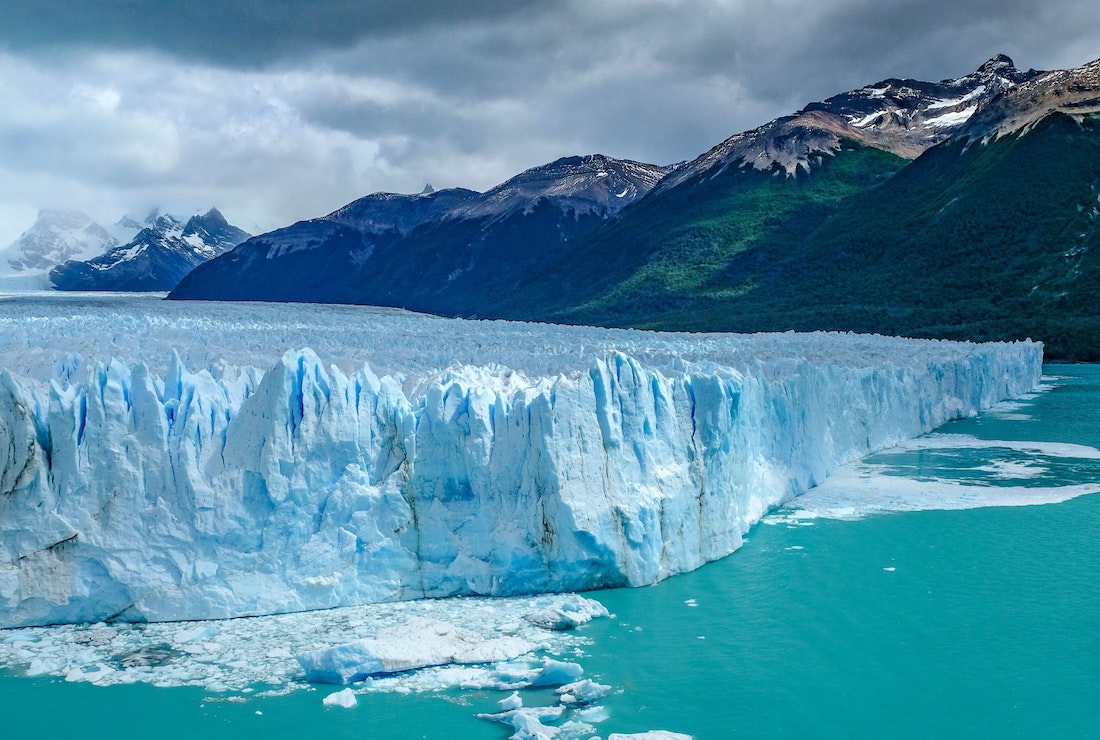
-
Cerro Catedral
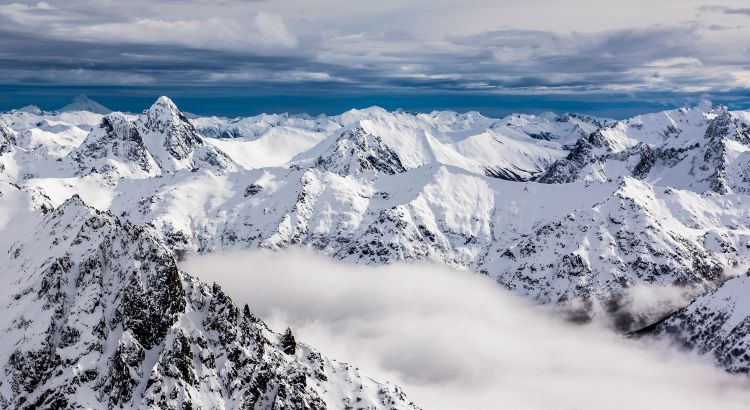
-
Parque Nacional Nahuel Huapi
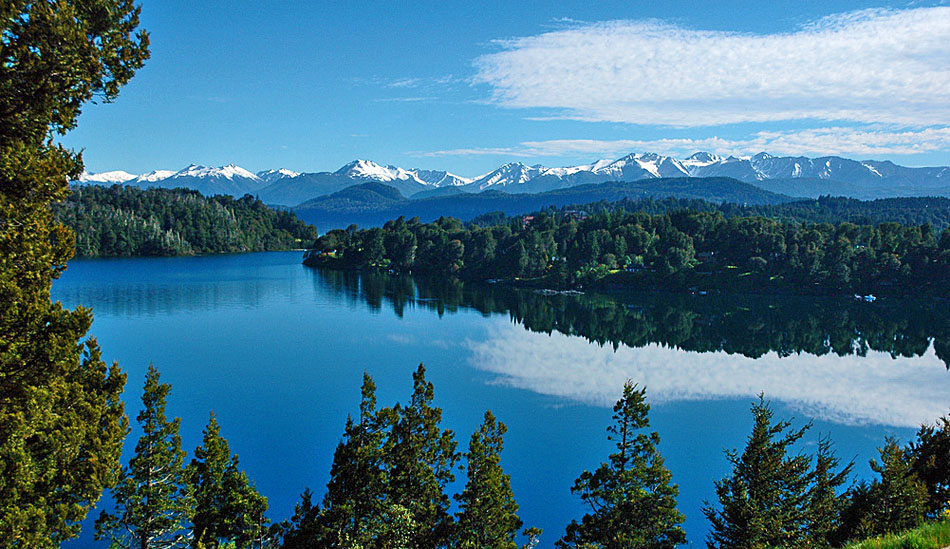
-
Lago Del Parque General San Martin
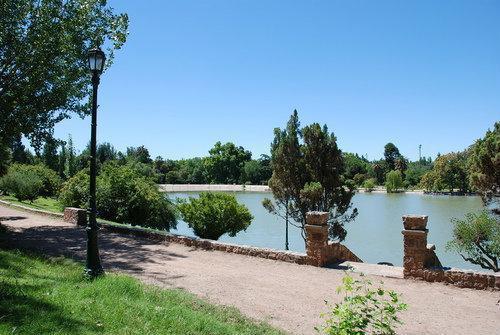
-
Cerro de la Gloria
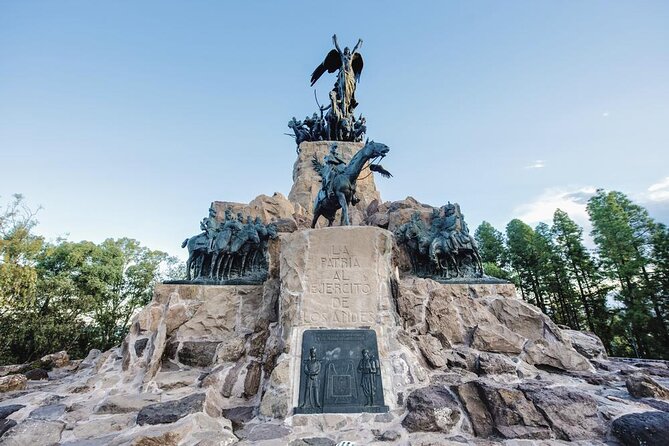
-
Plaza Independencia, Mendoza
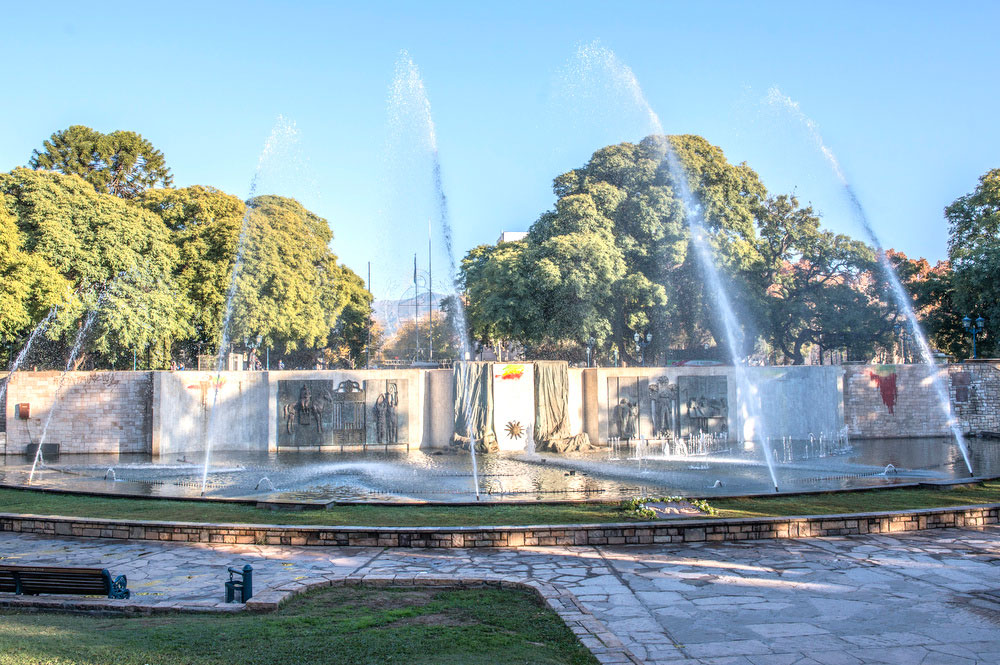
-
Parque Nacional Los Glaciares
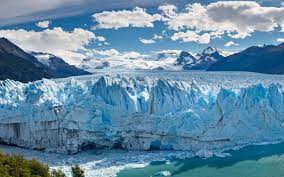
-
Glaciarium Patagonian Ice Museum
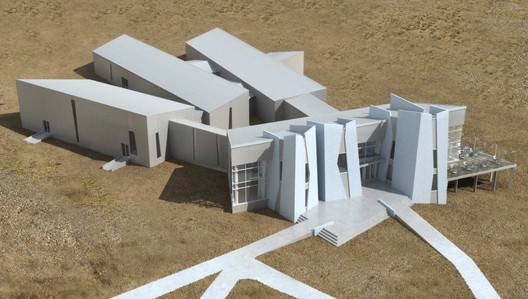
-
Museum of High Altitude Archaeology
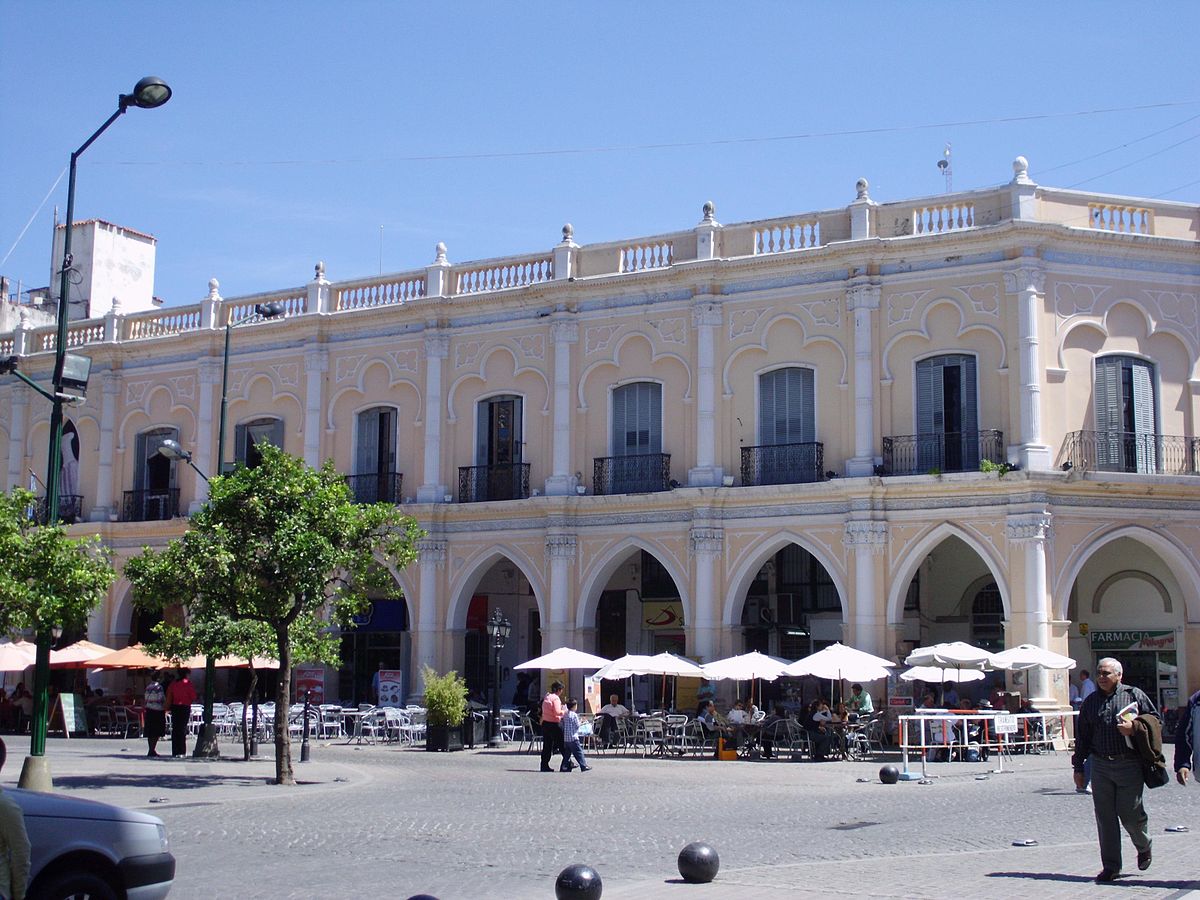
-
Cathedral of Salta
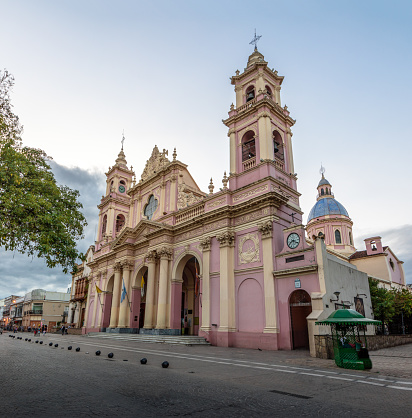
-
Museo Güemes
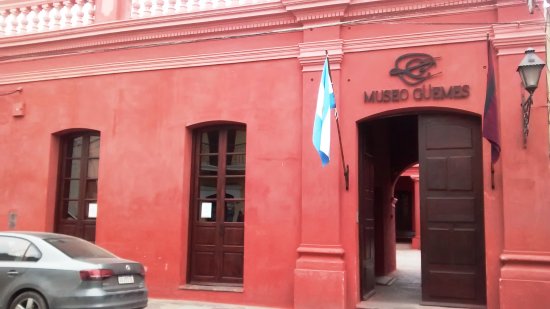
-
El Chaltén
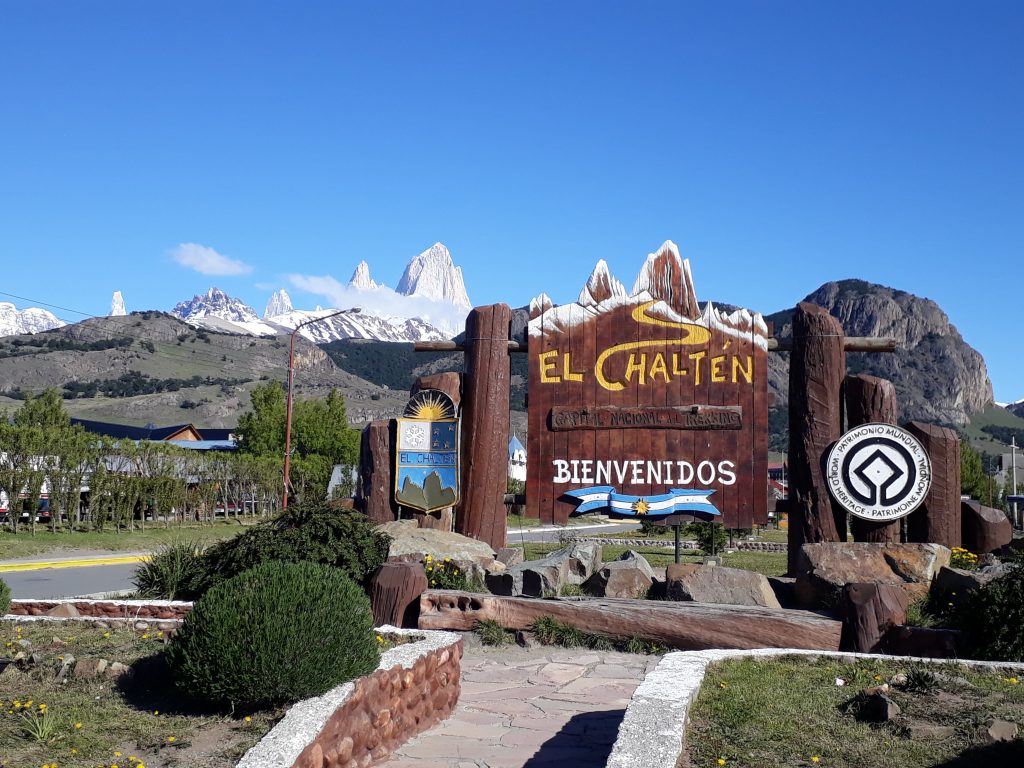
-
Valdes Peninsula
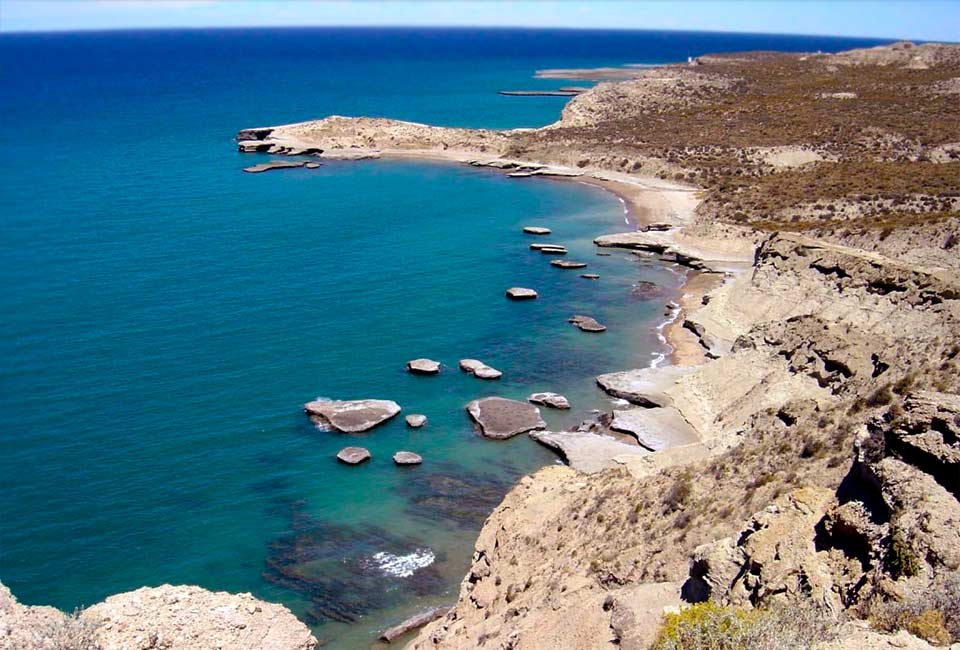
-
Nahuel Huapi Lake
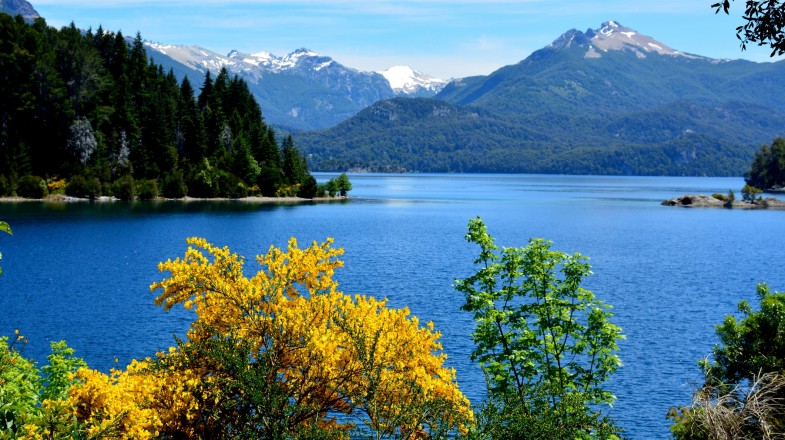
-
Tierra del Fuego National Park
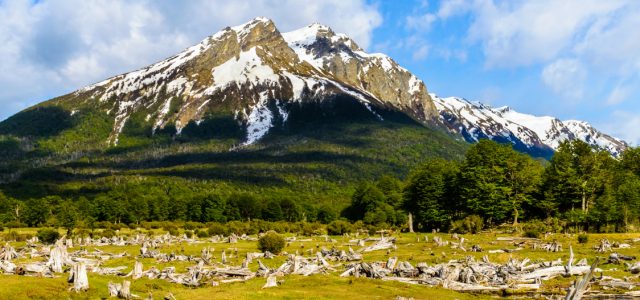
-
Puerto Madryn
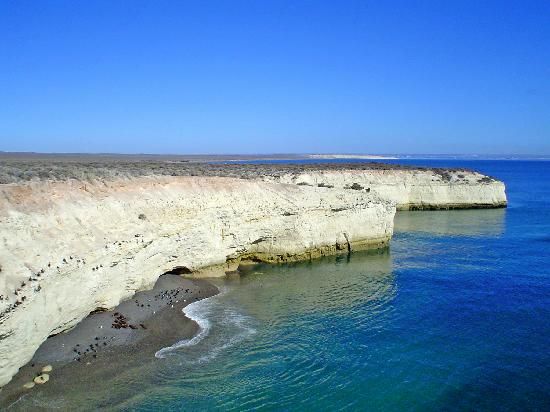
-
Evita Fine Arts Museum
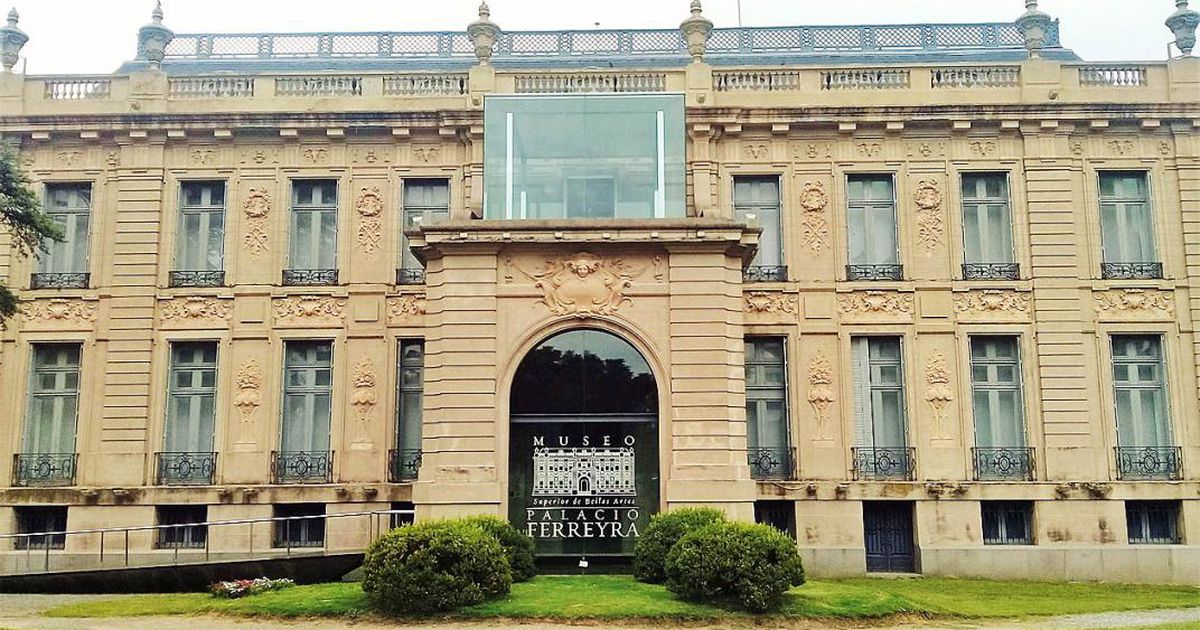
-
Sarmiento Park
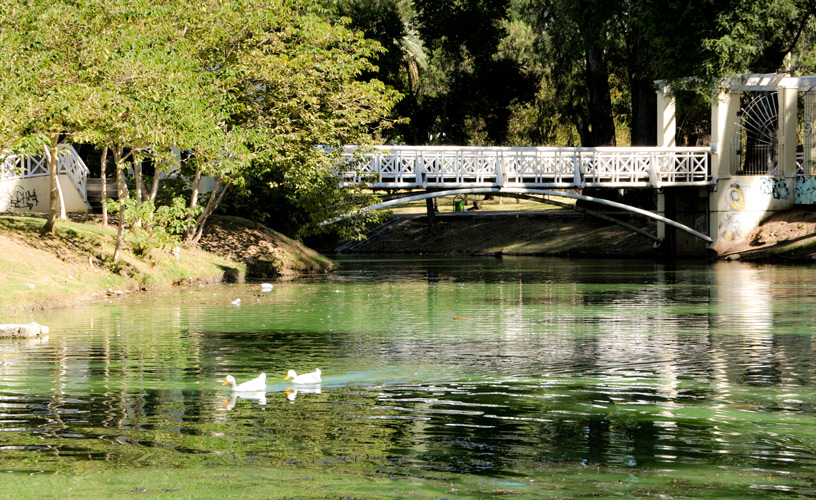
-
Cathedral of Córdoba, Argentina
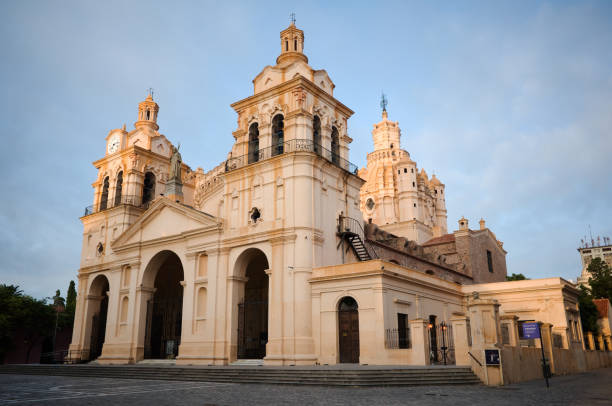
-
Beagle Channel

-
Puerto Iguazú
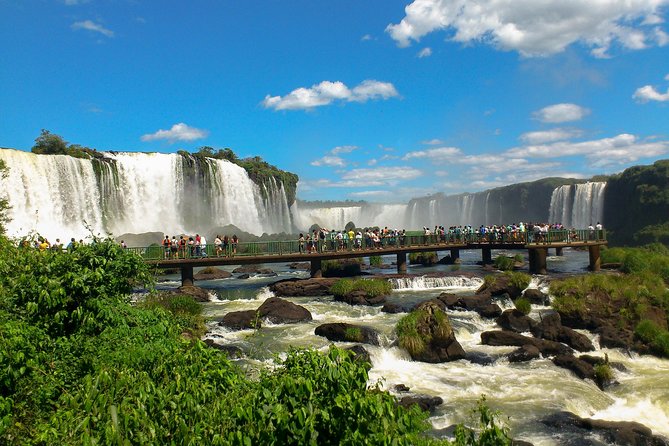
-
Mendoza Province
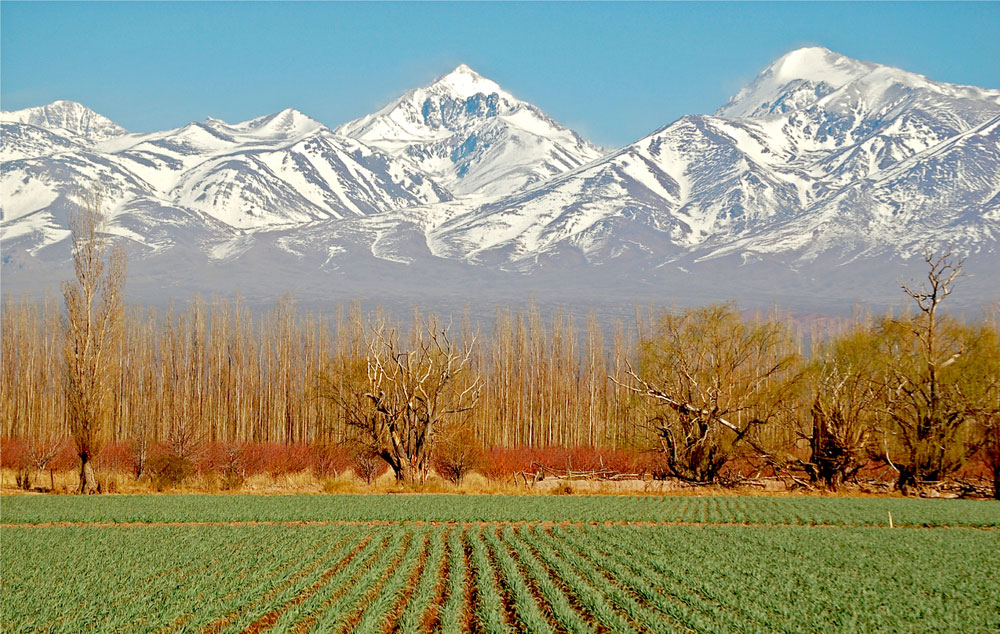
-
Iguazú National Park
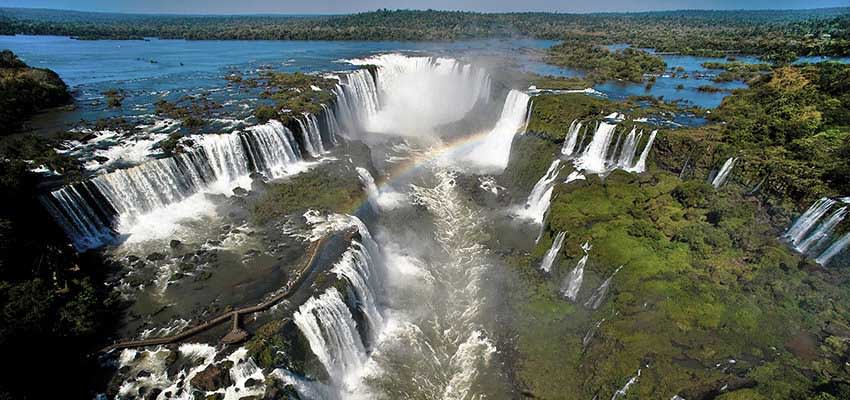
-
Salinas Grandes
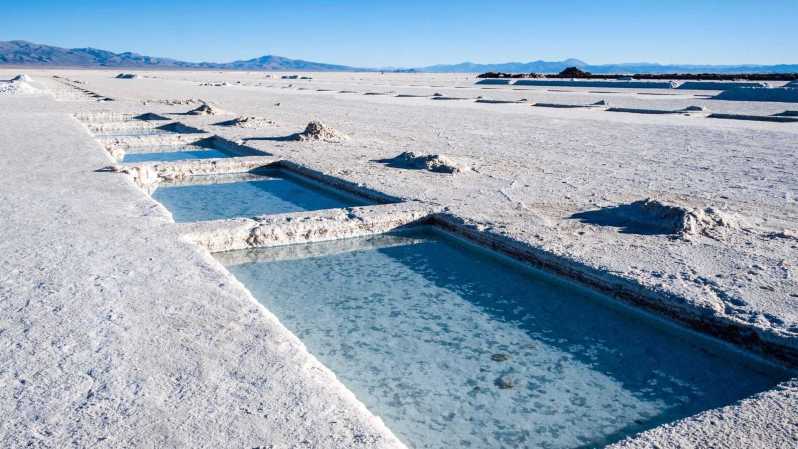
-
los Cardones National Park
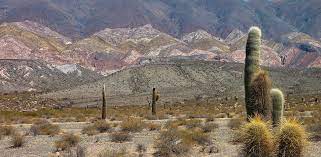
-
rio de la plata
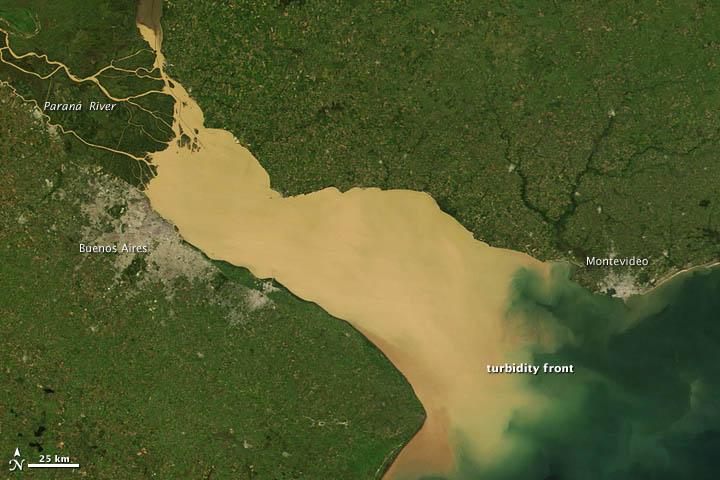
-
Costa Park
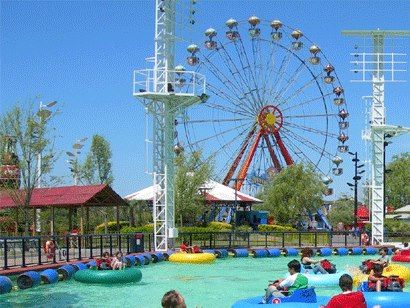
-
Museo de Arte de Tigre
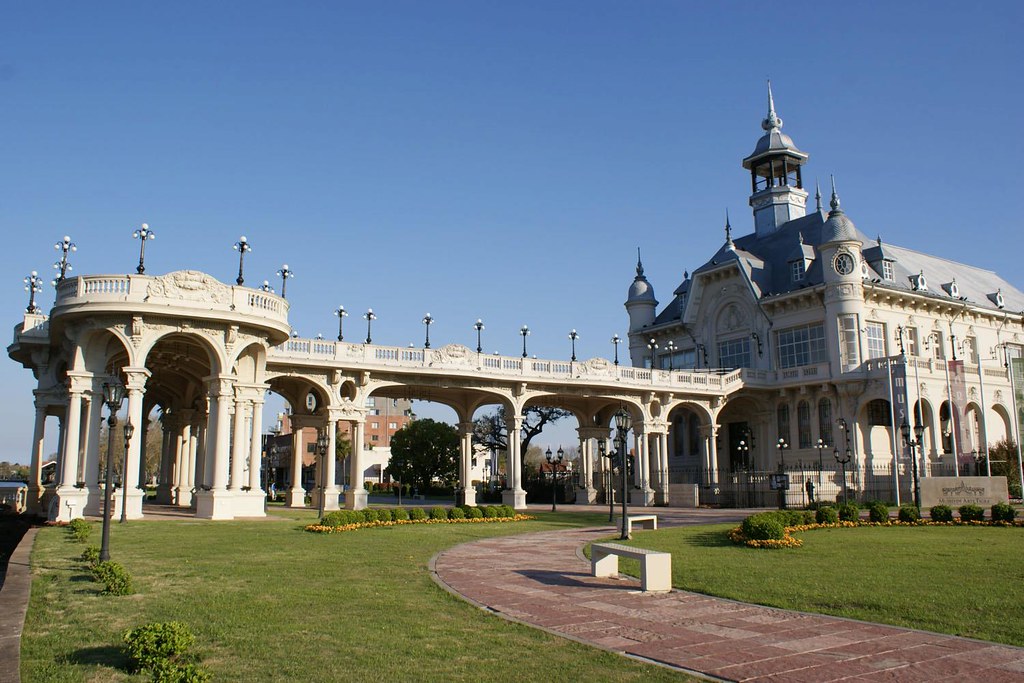
-
Aquafan
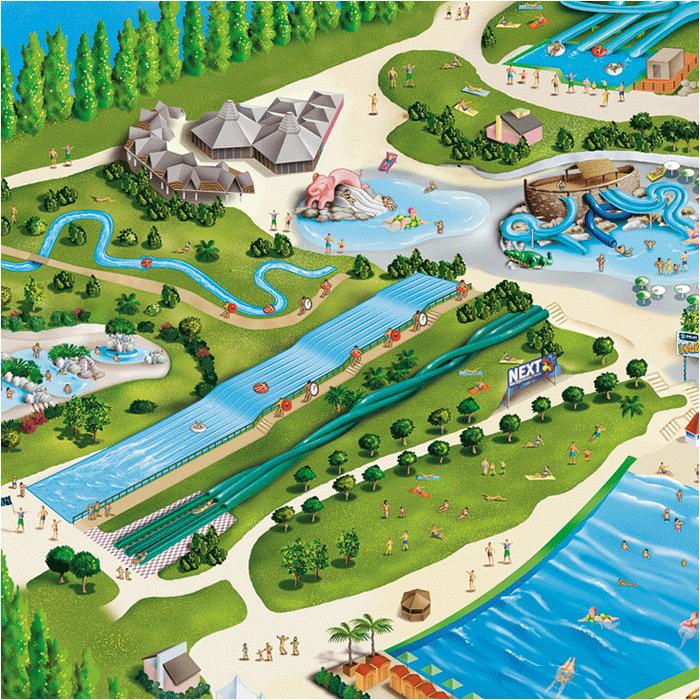
-
Cafayate
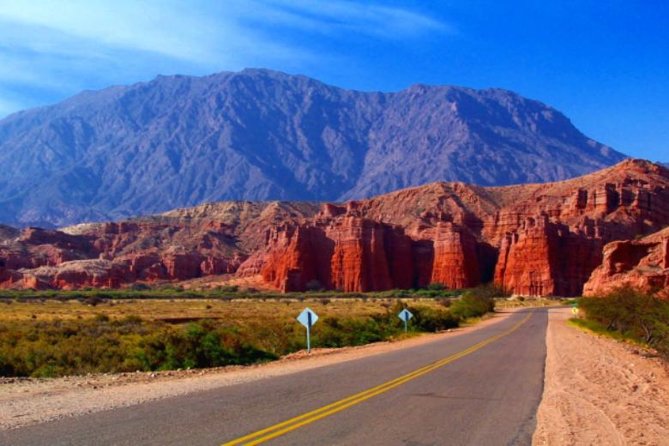
-
Mar del Plata
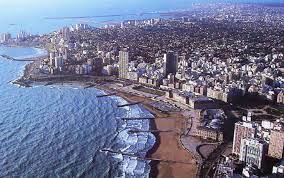
-
San Martín de los Andes
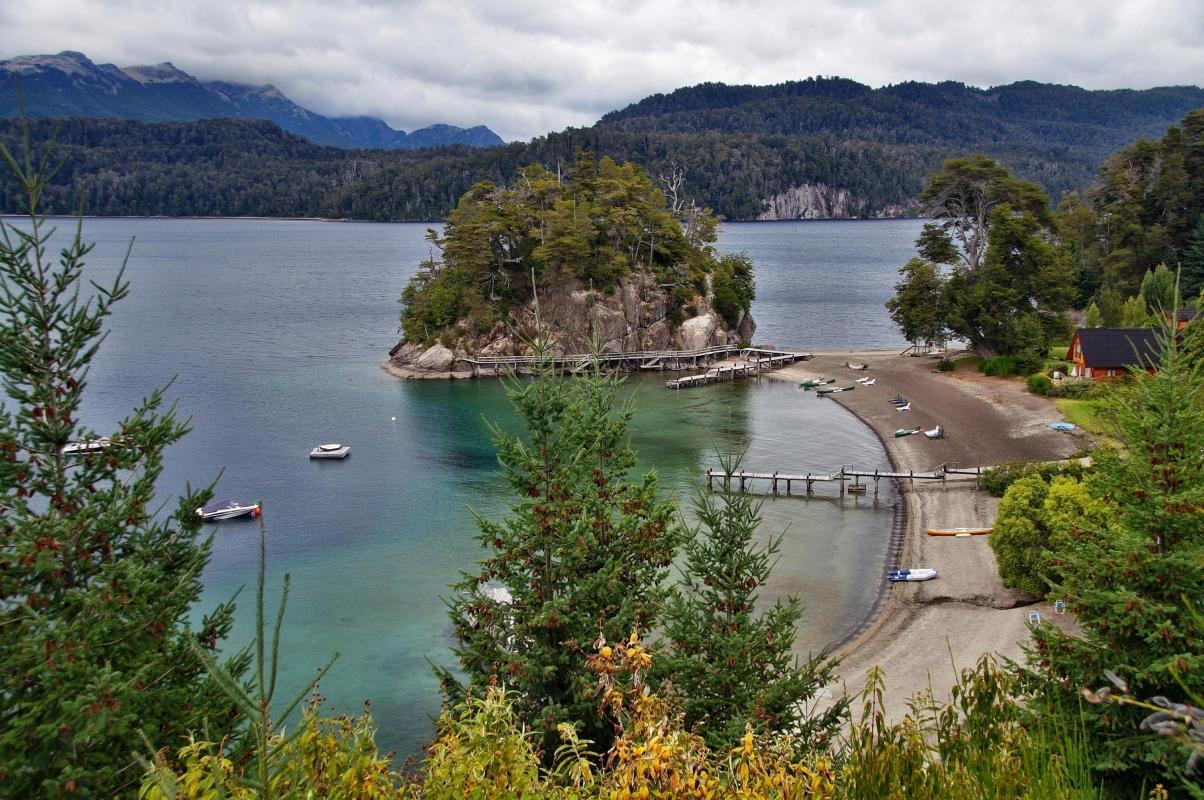
-
General Carrera Lake
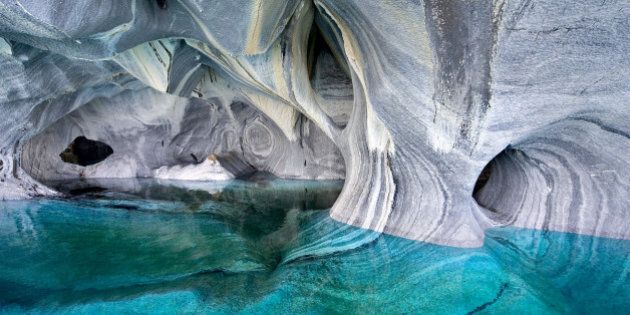
-
Argentino Lake

-
Cerro de los Siete Colores
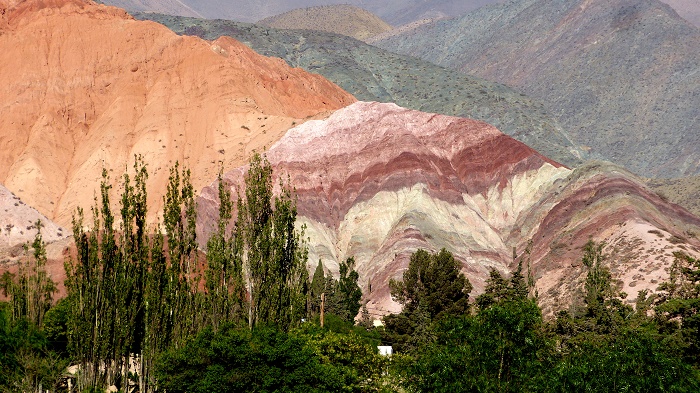
-
Paseo de los Colorados
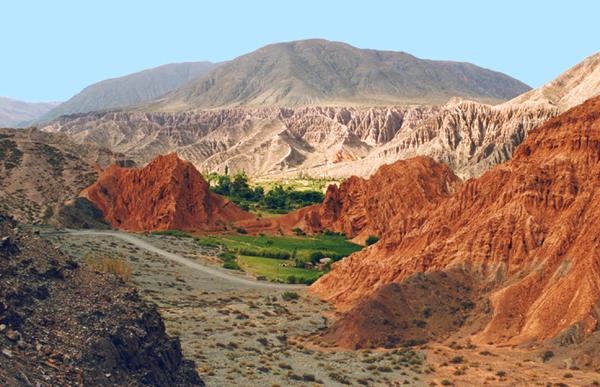
-
Iberá Wetlands

-
Villa La Angostura
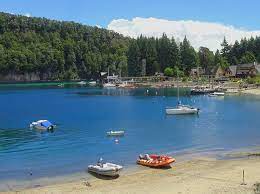
-
Humahuaca
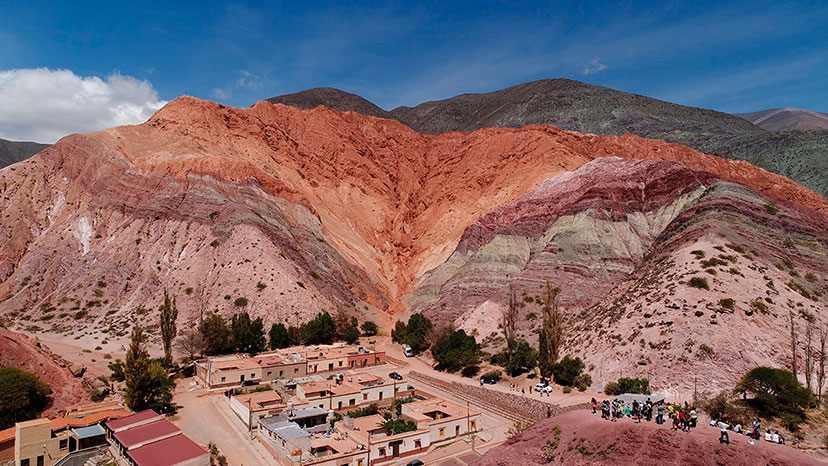
-
Jujuy
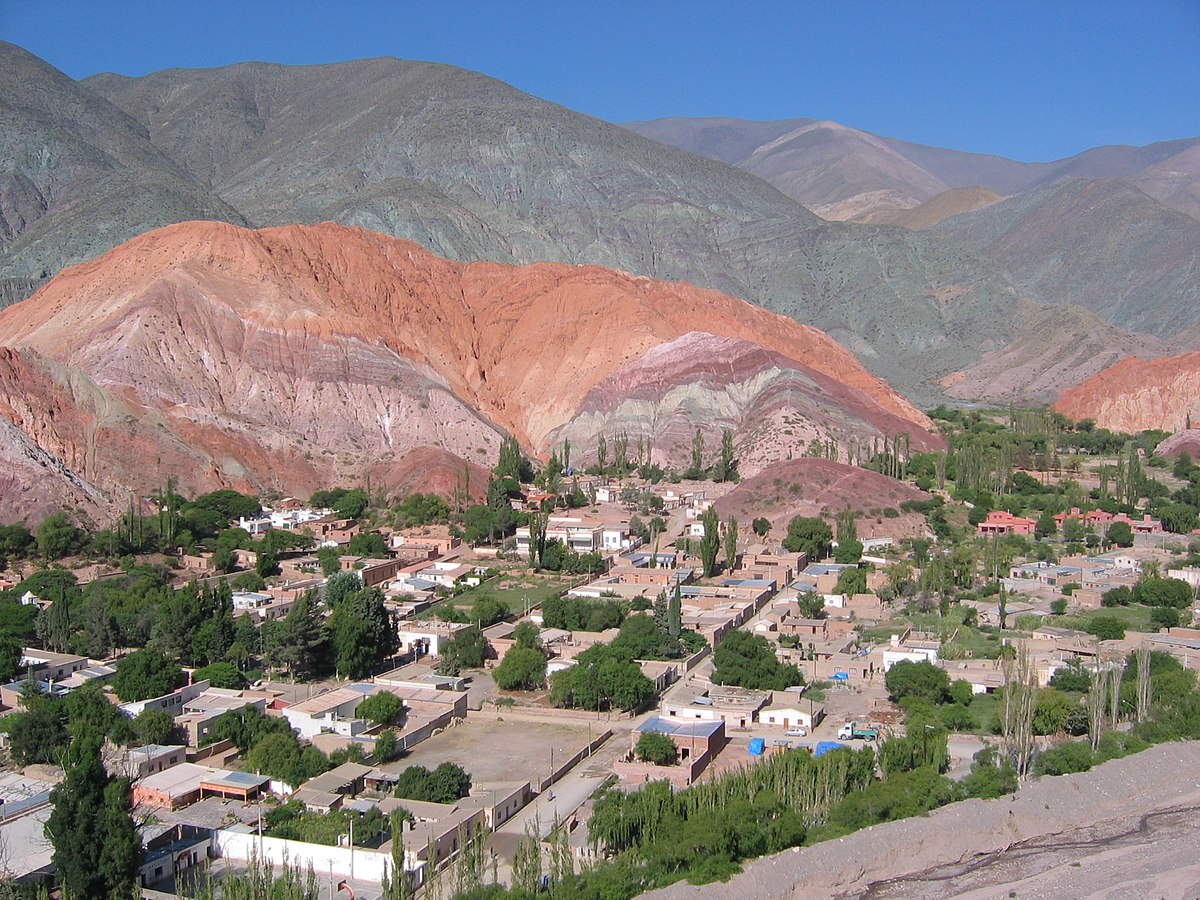
-
El Bolsón
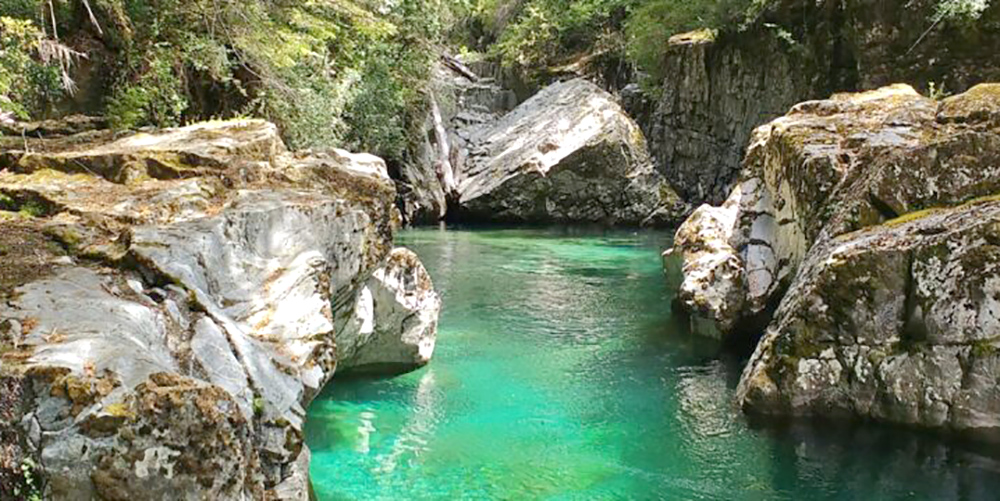
-
Parque Nacional Talampaya
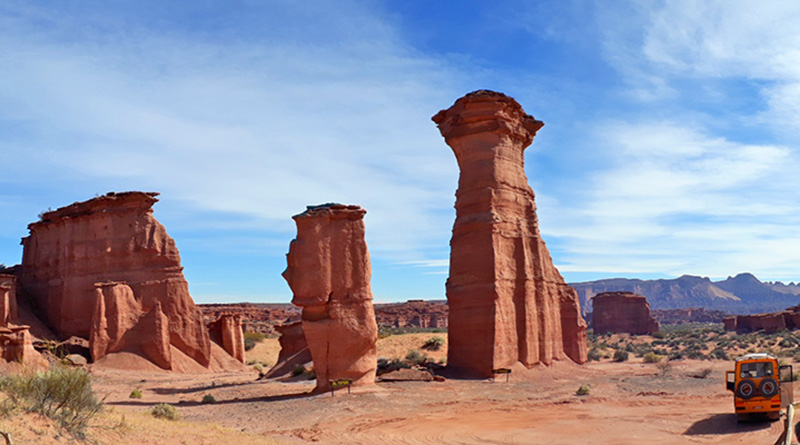
-
Upsala Glacier
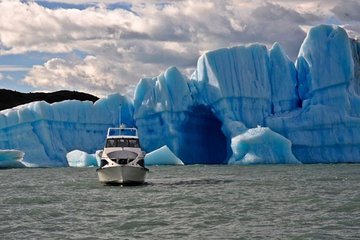
-
Parque Nacional Los Alerces
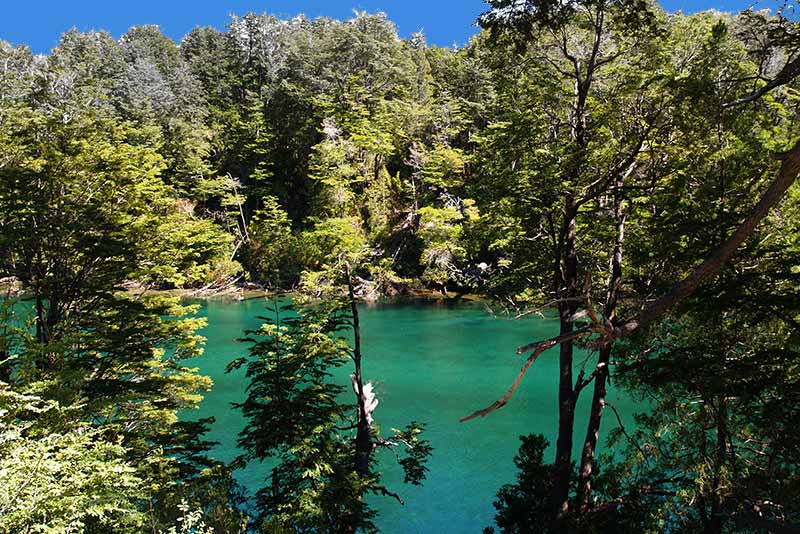
-
Pucará de Tilcara
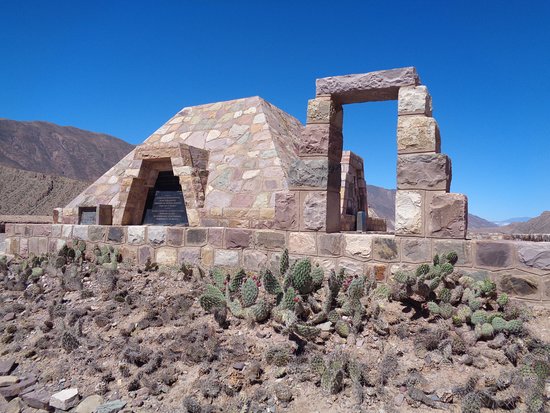
-
Altura Botanical Garden
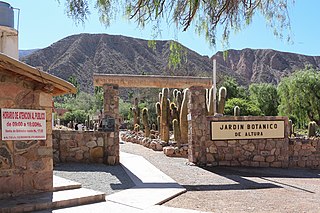
-
Southern Patagonian Ice Field
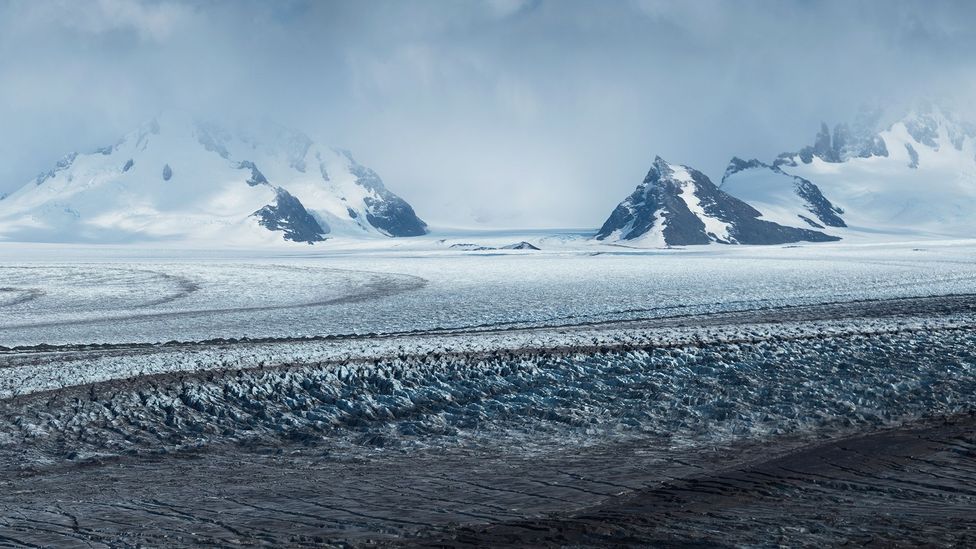
-
Provincial Ischigualasto Park
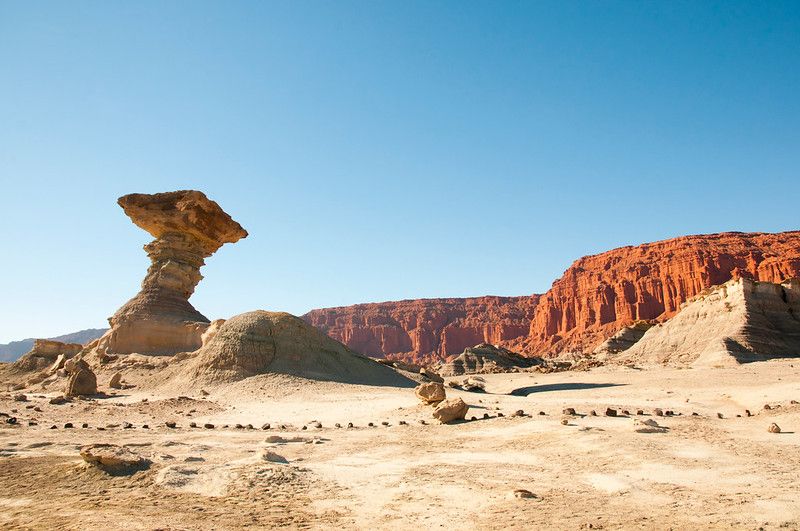
-
Cachi Plaza
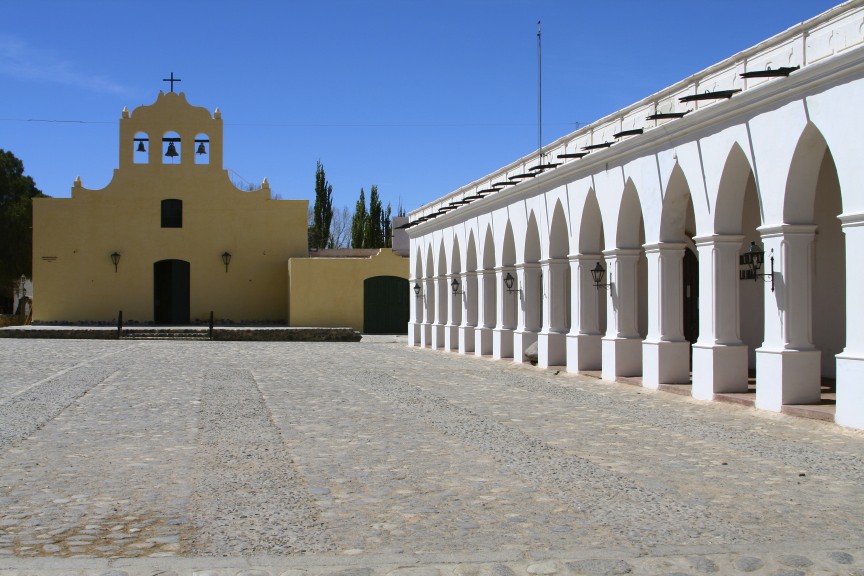
-
Rosario
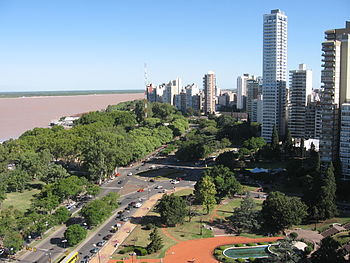
-
Esquel
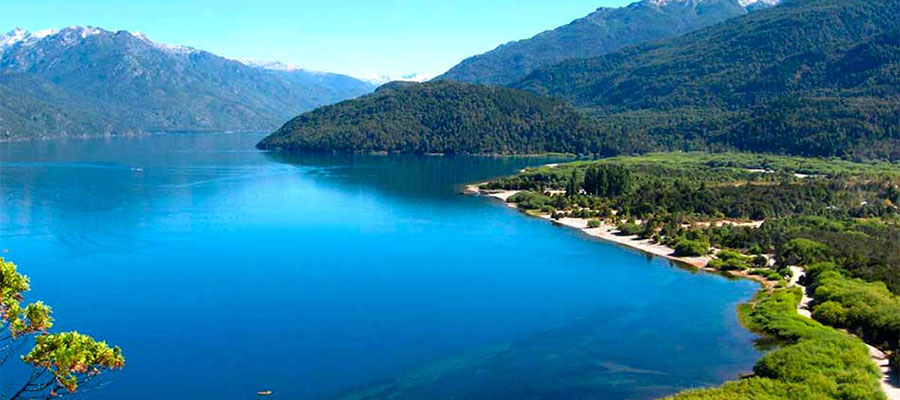
-
San Juan Province
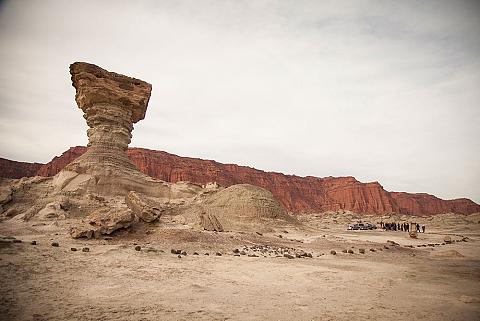
-
República de los Niños
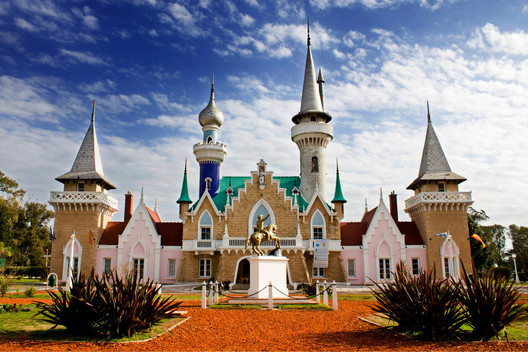
-
Catedral de La Plata
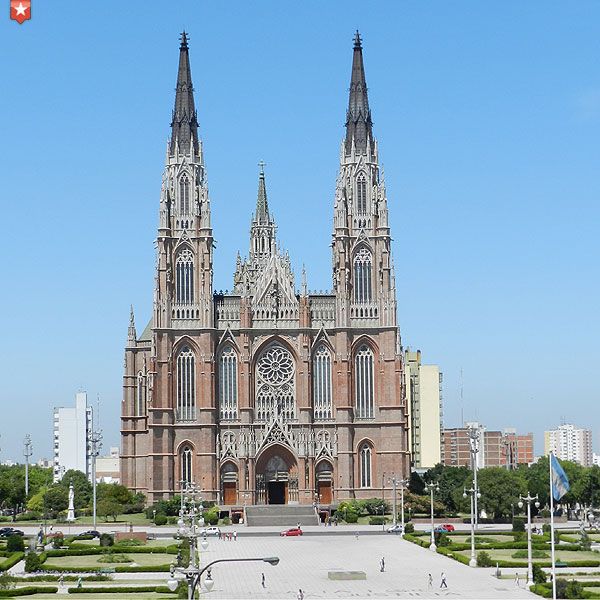
-
Bodega La Abeja
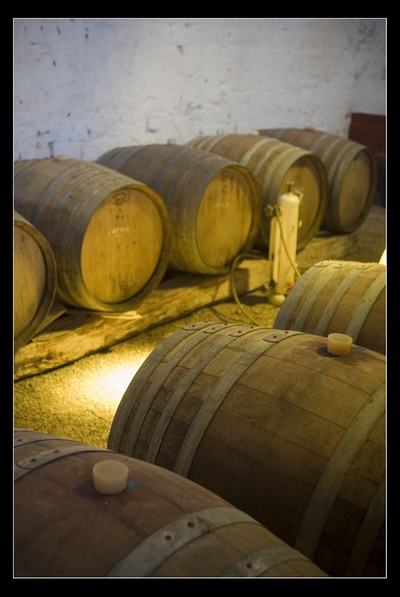
-
Natural History Museum San Rafael
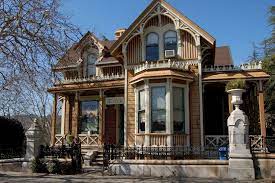
-
Villa Carlos Paz
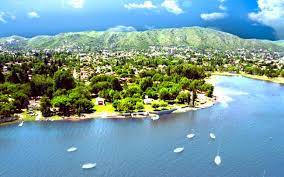
- Plaza de Mayo
After the demolition of the Recova building in 1884, it united the city’s Plaza Mayor and Plaza de Armas, which were then known as Plaza de la Victoria and Plaza 25 de Mayo, respectively.
- Recoleta Cemetery
It’s a stunningly beautiful area, with shadowy passageways and towering marble mausoleums adorned with Art Deco, Art Nouveau, baroque, and neo-gothic architectural styles, Masonic symbols, and strong religious imagery. More than 90 of its graves have been designated as national historic sites.
- Casa Rosada
The Casa Rosada is Argentina’s presidential residence. Officially, the opulent residence is known as Casa de Gobierno. Normally, the president lives in the Quinta de Olivos, Argentina’s official presidential home in Olivos, Greater Buenos Aires.
- Caminito
Caminito is a street museum and typical alley in the Buenos Aires district of La Boca. The location gained cultural significance since it inspired the melody for Juan de Dios Filiberto’s renowned tango “Caminito.”
- Obelisco
The Obelisco de Buenos Aires is a national historical monument and a symbol of the city of Buenos Aires. It was created in 1936 to mark the quadricentennial of the city’s founding in Plaza de la Repblica, at the junction of Avenida Corrientes and 9 de Julio.
- Teatro Colón
According to National Geographic, it is one of the top 10 opera houses in the world. The Teatro Colón boasts the greatest acoustics in the world for opera and the second best for concerts.
- Avenida 9 De Julio
Avenida 9 de Julio, named after Argentina’s independence day, is the city’s and one of the world’s most prominent streets, stretching up to 14 lanes of traffic in places. There are several main sights and lesser wonders to see throughout its 3-kilometer length.
- Floralis Genérica
Floralis Genérica is a steel and aluminum sculpture placed in Plaza de las Naciones Unidas, Avenida Figueroa Alcorta, Buenos Aires, and was a gift to the city by Argentine architect Eduardo Catalano.
- Torres del Paine National Park
Torres del Paine National Park, located in Chile’s Patagonia area, is famed for its soaring mountains, vivid blue icebergs that break off glaciers, and golden pampas (grasslands) that are home to unique fauna such as llama-like guanacos.
- Museo del Fin del Mundo
Explore the End of the World Museum (Museo del Fin del Mundo) on your visit to the world’s southernmost city. The museum concentrates on Ushuaia’s natural and indigenous heritage, with taxidermy, weapons, furniture, and numerous artifacts from travelers throughout history on display.
- MARITIME MUSEUM AT THE PRESIDIO OF USHUAIA
The Ushuaia Maritime Museum is maintained by a non-profit Civil Association that receives no money from the federal or provincial governments. This implies that the admission ticket and proceeds from the sale of books and souvenirs are used to pay for the historic building’s renovations, wages, utility bills, and any other tasks.
- Perito Moreno Glacier
The Perito Moreno Glacier is a glacier in Los Glaciares National Park in Argentina’s southwest Santa Cruz Province. It is one of the most popular tourist destinations in Argentina’s Patagonia.
- Cerro Catedral
The mountain is South America’s and the Southern Hemisphere’s largest ski resort. It is also well-known for its views of Nahuel Huapi Lake. There are also a number of hotels and hostels near the mountain’s base, as well as a summer hiker’s hut named Refugio Lynch on one of the mountain’s peaks.
- PARQUE NACIONAL NAHUEL HUAPI
It encircles Nahuel Huapi Lake in the Patagonian Andes foothills. It is the region’s largest national park, covering an area of 7,050 km2 (2,720 sq mi, or approximately 2 million acres).
- Parque General San Martin
Hang-gliding is one of several activities available in this 865-acre park, which also has a zoo and a national science museum, as well as attractive walks.
- Cerro de la Gloria
The Cerro de la Gloria is a tiny mountain found in the General San Martin Park in Mendoza, Argentina. At the summit is a massive memorial monument commemorating the Army of the Andes.
- Plaza Independencia, Mendoza
Plaza Independencia is Mendoza’s major square, with 55,000 square meters of green space, making it an ideal spot for relaxation and amusement. The area is home to numerous unique and magnificent trees and plants, as well as an amazing fountain with a breathtaking monument known as the “Frieze of Independence.”
- Parque Nacional Los Glaciares
Its many glaciers include Perito Moreno, widely renowned for its stunning icefalls into Lake Argentino from its front wall. Mount Fitz Roy’s craggy top rises over the alpine village of El Chaltén and Lake Viedma in the north. Many species, including condors and black-chested buzzard eagles, live in the park.
- Glaciarium Patagonian Ice Museum
Glaciarium is a contemporary glacier interpretive facility designed to teach and amuse visitors about ice, glaciers, and the Southern Patagonian Ice Field. It is situated near El Calafate, the glacier entrance, in the Santa Cruz province of Patagonia, in southern Argentina.
- Museum of High Altitude Archaeology
This modest museum (MAAM) is worth a visit for anybody spending a few days in Salta to learn more about the region’s history and archeology. The museum’s main draw is a rotating display of one of three mummies unearthed in 1999 during archeological investigations in the neighboring highlands.
- Salta Cathedral
Salta Cathedral is a Roman Catholic cathedral in Salta, Argentina, and serves as the Archbishop of Salta’s seat and metropolitan cathedral. The cathedral honors Jesus and the Virgin Mary. It was designated a national monument on June 14, 1941.
- Museo Güemes
In terms of Salta and surrounding museums, the exhibit’s contemporary aesthetic is highly unique. Each hall features a distinct aesthetic and audiovisual resource that captures the attention of guests.
- El Chaltén
El Chaltén is a town in Argentina’s Santa Cruz province that is part of the Los Glaciares National Park. It serves as an entryway to the paths that ring the Cerro Torre and Mount Fitz Roy summits to the northwest.
- Valdes Peninsula
It’s famous for the marine species that live on its beaches and in its waterways, including whales, sea lions, and elephant seals. Puerto Pirámides, a hamlet and beach on the peninsula’s west coast, was historically a salt-mining port.
- Nahuel Huapi Lake
Nahuel Huapi Lake is a lake in northern Patagonia, Argentina, between the provinces of Ro Negro and Neuquén. The tourist hub of Bariloche is located on the lake’s southern side.
- Tierra del Fuego
Tierra del Fuego is known for its breathtaking scenery, which includes coasts, woods, glaciers, lakes, mountains, and waterfalls. Fagnano and Roca lakes are largely found inside the park’s boundaries.
- Puerto Madryn
Its beautiful beaches and restaurant-lined promenade overlook Golfo Nuevo Bay, which is home to southern right whales from May to December. Ecocentro is a clifftop museum featuring exhibits about the Patagonian environment and an ocean-viewing lighthouse.
- Evita Fine Arts Museum
Ferreyra chose the location because of the development of the adjacent Sarmiento Park, a 17-hectare 43-acre plot of land created in 1911 at what was then Córdoba’s eastern frontier New Cordoba.
- Sarmiento Park
Sarmiento Park is the city’s largest green space and provides a variety of tours. It houses a number of organizations, including the Natural Science Museum, the Zoo, and the Caraffa Art Museum.
- Cathedral of Córdoba
Córdoba Cathedral is the seat of the Roman Catholic Archdiocese of Córdoba. It is one of the numerous historical monuments that have survived the Spanish colonial period. Its central location allows us a few moments of solitude and quiet.
- Beagle Channel
Those planning an Antarctic voyage will very definitely set out from Ushuaia, following the Beagle Channel eastwards into the Atlantic. Many of the region’s resident creatures, such as sea lions, seals, penguins, and occasionally minke whales or Peale’s dolphins, may be seen.
- Puerto Iguazú
It provides a doorway to the hundreds of cascades of Iguaz Falls in Iguaz National Park. The majestic Garganta del Diablo waterfall is located in the lush, wildlife-rich jungle. The Three Borders Landmark, located northwest, views the rivers that connect Brazil, Paraguay, and Argentina.
- Mendoza province
In Argentina, this province is a popular tourist destination. It includes one of Argentina’s most prominent ski resorts, globally known vineyards and wine producers, the highest point on the American Continent, and attractive spots to explore.
- Iguazú National Park
The legendary Iguaz Falls, located within the park on the Iguaz River, includes numerous different cascades, including the spectacular Garganta del Diablo, or “Devil’s Throat.” The neighboring park is home to a variety of species, including coatis, jaguars, and toucans, as well as paths and observation platforms.
- Salinas Grandes
The Salinas Grandes are located in the provinces of Jujuy and Salta, in the north, at an elevation of 3,450 meters above sea level. It has a land size of 212 km2 and is famous for its huge white desert. Visitors are drawn to these huge white salt flats with beautiful blue ponds because of the distinctive beauty.
- Los Cardones National Park
The towering cowboy-like appearance of this Argentine Saguaro cacti is a highlight for many. The features range from breathtaking landscapes to ancient relics of vanished nature. Dinosaur tracks and fossilized bones of ancient creatures are unique experiences for people who enjoy peering into the past.
- Rio De La Plata
The Plata River connects the cities of Buenos Aires and Montevideo. On the Montevideo side, at least, there are beach areas where inhabitants and visitors may enjoy the River front.
- Costa Park
AluaSun Costa Park’s large rooms all have satellite TV and air conditioning. The hotel features a gaming room with a billiards table, mini golf, and a children’s play area. There is a live entertainment staff and live shows for guests.
- Museo de Arte Tigre
The Museo de Arte Tigre (MAT) houses a collection of Argentine figurative art from the nineteenth and twentieth centuries. Its French-Italian-style structure was built in 1912 on the design of French architects Pater & Dubois.
- Aquafan
Aquafan is not only about water and excitement, but also about music and having fun with some of the most famous national and worldwide DJs. Large, exciting waterpark with several slides, pools, and adult-only nightly activities.
- Cafayate
Although the town itself is not particularly fascinating, there is a beautiful fiesta vibe in the main plaza on weekends, being here allows access to the Valles Calchaques, one of the most stunning sites.
- Mar del Plata
The city, which is located on the Atlantic Coast, attracts millions of tourists each year due to its beautiful beaches and vibrant culture. Warm weekends might be fairly crowded here, but outside of the summer months, the city has a much more easygoing vibe.
- San Martin de los Andes
San Martin de los Andes is a Patagonian oasis perched on the banks of the idyllic Lácar Lake. Birdwatchers travel to the yearly South American Bird Fair, while adventure seekers kayak, ski, or mountain bike across the breathtaking scenery.
- General Carrera Lake
General Carrera Lake, sometimes known as Lake Buenos Aires, is a lake in Patagonia shared by Argentina and Chile. Both names are globally recognized, however, the lake’s indigenous name is Chelenko, which means “stormy waters” in Aonikenk.
- Argentino Lake
The Department of Lago Argentino is located in Santa Cruz, Argentina. It is definitely worth a visit because it has several notable sights such as Moreno Glacier, Parque Nacional Los Glaciares, and Plazoleta Heroes de Malvinas.
- Cerro de los Siete Colores
Cerro de los Siete Colores is a hill in Jujuy Province, Argentina, that borders the Quebrada de Purmamarca, which is a western branch of the Quebrada de Humahuaca up to Cuesta del Lipán. It is one of the most appealing tourist destinations.
- Paseo de los Colorados
The environment is stunning, and the colors are vibrant. It’s strange how you may look down and see green rocks below. The town is bustling with bars for a well-deserved refreshment!
- Iberá Wetlands
Iberá Provincial Reserve is a protected area in northeast Argentina’s enormous Iberá Wetlands. The reserve is teeming with wildlife, including alligators, marsh deer, and hundreds of bird species.
- Villa La Angostura
It is well-known for its wooden structures in the Alpine style. Andean mountains, lakes, and woods surround Nahuel Huapi National Park. Los Arrayanes National Park, located nearby, is home to centuries-old arrayán trees. Cerro Bayo ski trails are located just outside of town.
- Humahuaca
Humahuaca, a dusty ranching community surrounded by acres of cacti and stunningly colorful mountains, appears to be a backdrop for a wild west movie. The town has many hostels and campgrounds and is a popular backpacker destination.
- Jujuy
This valley and its indigenous Quechuan settlements are located north of San Salvador de Jujuy, the provincial seat and regional gateway. The rocky slopes of the renowned Cerro de los Siete Colores loom over the Spanish colonial settlement of Purmamarca in the valley’s south.
- El Bolsón
It is located on the banks of the Rio Quemquemtreu in a valley densely forested with fruit trees. Cerro Piltriquitrón rises to the east with a rocky top. To the west lies the Andes’ spine and Cabeza del Indio, a rocky protrusion shaped like a man’s head.
- Parque Nacional Talampaya
This sandy desert national park’s stunning rock formations and canyons are proof of water’s erosive ingenuity. The sandstone cliffs are breathtaking, as are the distant mountainscapes.
- Upsala Glacier
Upsala Glacier deserves greater credit for its unique and record-breaking characteristics. So here are seven amazing facts about this magnificent glacier. Upsala Glacier is one of 47 glaciers in the area that are all supplied by the Southern Patagonian Ice Field, which attracts hundreds of thousands of tourists each year.
- Parque Nacional Los Alerces
Its western border runs parallel to the Chilean border. The topography in the region has been shaped by several glaciations, resulting in stunning features such as moraines, glacial cirques, and clear-water lakes. It is a visually appealing location to visit.
- Pucará de Tilcara
The Pucará de Tilcara is a pre-Inca fortress or pukara built on a hill just outside the small hamlet of Tilcara in Argentina’s Jujuy region. The site was chosen with care to be readily defendable and to afford good views over a lengthy stretch of the Quebrada de Humahuaca.
- Altura Botanical garden
A lovely excursion through the cactus and cardon species that flourish across the region. The hotel is quite cozy. The species are designated at the pucará’s entrance, and there is a wide range.
- Southern Patagonian Ice Field
The South Patagonian Ice Field has an extent of 13,000 square kilometers and a length of 350 kilometers. It has more than 60 outlet glaciers, the most renowned of which is the massive Perito Moreno glacier, one of the few glaciers that is still moving forward.
- Ischigualasto Provincial Park
Its lunar-like desert vistas feature stunning rock formations such as the “Painted Valley” and the “Bowling Field.” Triassic Period dinosaur fossils are on show at the park’s museum.
- Cachi
Cachi is a charming desert village. The neighborhood is filled with lovely white buildings and plenty of places to relax and people watch while enjoying an Argentine dinner. . The ascent into the heavens will take your breath away.
- Rosario
Rosario is a flattish riverbank city and significant port located in the center of an important agricultural region, with streets lined with shabby but attractive houses and lilac-blossomed jacaranda trees. In contrast to Buenos Aires, Rosario has long had a tight relationship with its shoreline.
- Esquel
Esquel is an Argentine town in the Andes Mountains’ foothills. It is famous for being the southernmost stop on La Trochita, a narrow-gauge steam line that originally traveled for almost 400 kilometers into Patagonia.
- Province of San Juan
San Juan is a west-central Argentina region famed for its numerous vineyards. Cerro Mercedario, near the Chilean border, towers over the Andes in the extreme west. El Leoncito National Park is nearby and features astronomy observatories as well as mountain vistas.
- República de los Niños
The Children’s Republic is a theme park in La Plata, Argentina, located in the city of Manuel B. Gonnet. It is considered Latin America’s first theme park, with a surface area of 53 hectares and 35 scale structures.
- Catedral de La Plata
The Cathedral of La Plata, dedicated to the Immaculate Conception in La Plata, Argentina, is the world’s 58th highest cathedral. This Neogothic structure stands in the city’s geographic center, overlooking the primary square, Plaza Moreno, and the City Hall.
- Bodega La Abeja
The sprawling vineyard, which opened in 1883, offers guided tours with samples as well as a bar with refreshments. This is a fascinating visit because of the beautiful ancient buildings and antique treasures.
- Natural History Museum San Rafael
This museum in Castle Dale covers the county’s story and provides visitor information. The San Rafael Swell’s natural and cultural heritage is also on exhibit here.
- Villa Carlos Paz
Villa Carlos Paz is a city in Argentina’s Córdoba province, in the center-north. Bathing in one of the many rivers, night shows, fishing, windsurfing, kite surfing, hiking, and mountain biking are all popular visitor activities.
Read More Tourists Spots: –
92 Mexico Tourism Destinations You Should Enjoy
Planning your trip to Thailand

